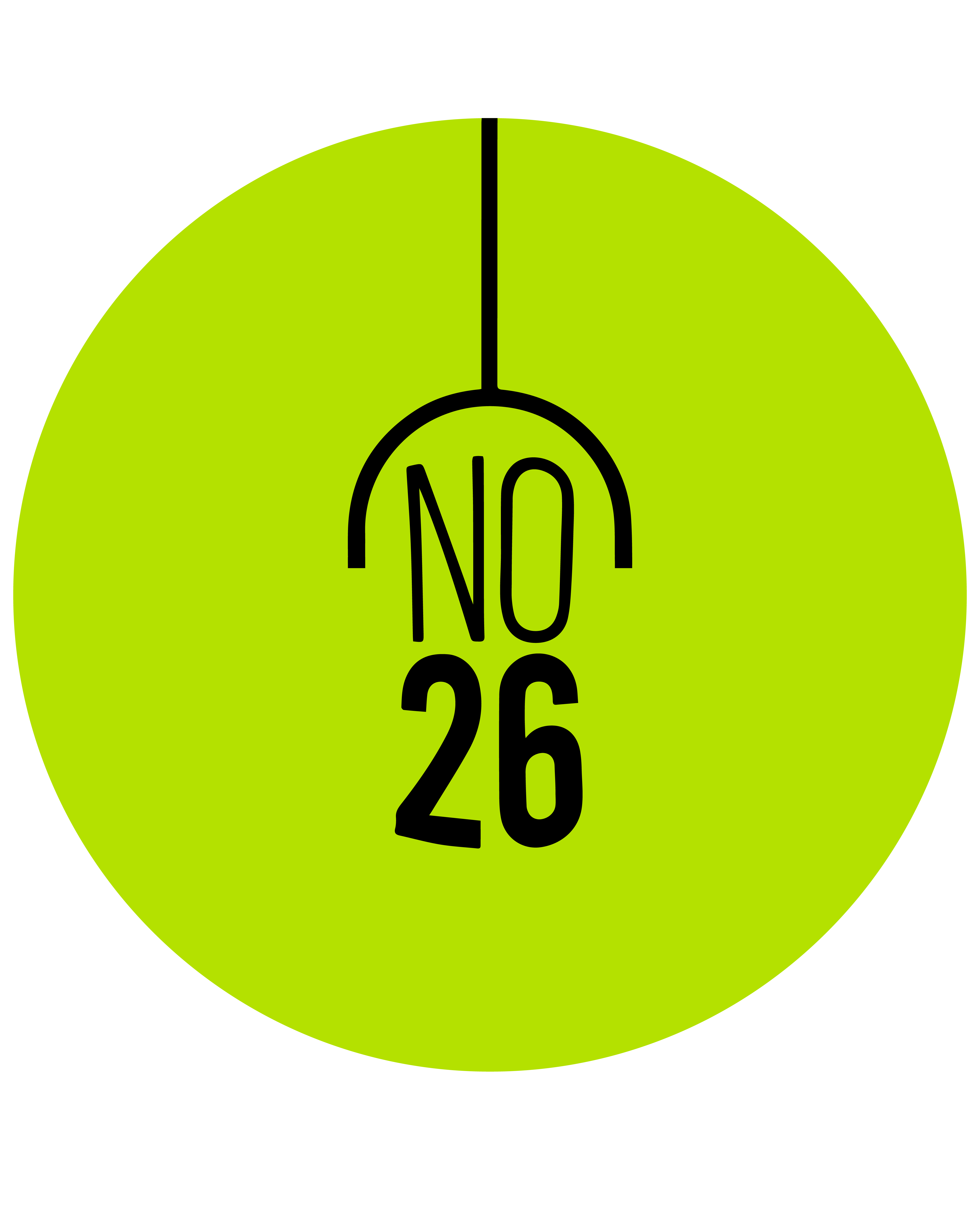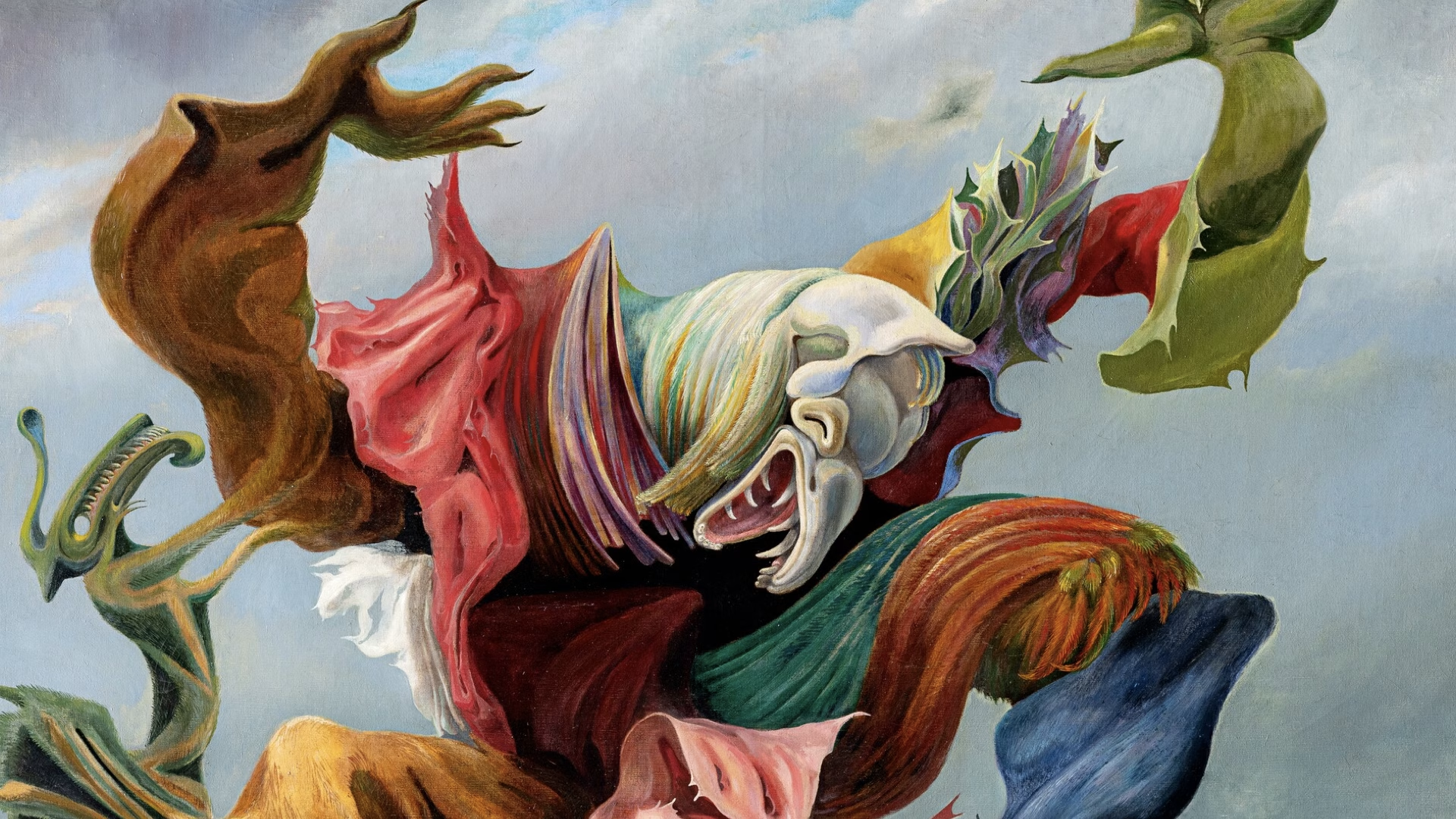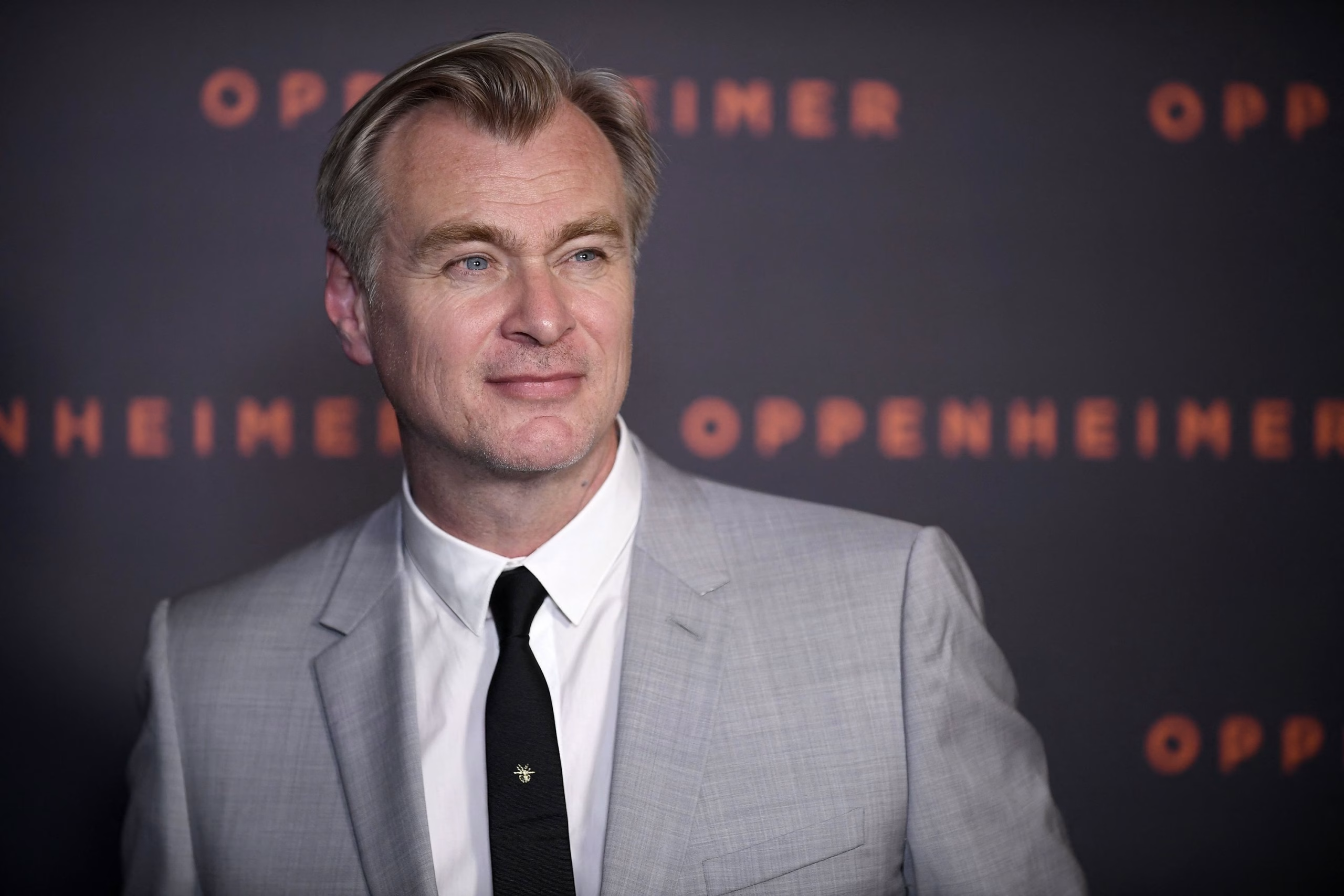Hamburg’s Kunsthalle hosts the groundbreaking Rendezvous of Dreams exhibition, running until October 12, 2025, marking a first in art history by exploring striking parallels between Surrealism and German Romanticism. Coinciding with the 100th anniversary of Surrealism’s emergence, this special exhibition examines the artistic, poetic, and intellectual dimensions of both movements in a comparative light.
The Shared Spirit of Surrealism and Romanticism
Novalis’ words, “To romanticize the world is to make us aware of its magic, mystery, and wonder,” converge with André Breton’s 1924 Surrealist Manifesto, which declares, “Poetry only requires you to practice it.” These two movements are linked by their shared fascination with the supernatural, the irrational, dreams, and chance.
The exhibition brings together masterpieces by Surrealist icons like Max Ernst, Meret Oppenheim, René Magritte, Salvador Dalí, and Paul Klee alongside works by Romantic poets such as Novalis, Friedrich Hölderlin, and Karoline von Günderrode, and painters like Caspar David Friedrich and Philipp Otto Runge. This compelling encounter highlights the pivotal role Romantic artists played in the revolutionary artistic pursuits of the 20th century.
A Special Moment in Hamburg’s Collection
The connection between Surrealism and German Romanticism finds a tangible example in Hamburg Kunsthalle’s collection. In 1964, Max Ernst visited the city and, inspired by Runge’s masterpiece Morgen (1808), created his 1965 painting A Beautiful Morning as a direct response. This illustrates the organic dialogue between the two movements.
Works in the Exhibition
Designed with a multidisciplinary approach, the exhibition unites over 230 Surrealist icons and more than 70 key works from the Romantic era. Encompassing paintings, drawings, sculptures, literature, films, photographs, and objects, this selection reflects the multifaceted nature of both movements. Works borrowed from prestigious institutions like the Philadelphia Museum of Art, Tate Modern (London), Reina Sofía Museum (Madrid), Kunsthalle Praha, and previously unknown private collections enhance the exhibition’s artistic richness and significance.
Curator: Dr. Annabelle Görgen-Lammers














